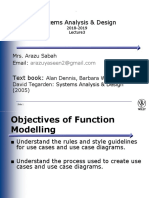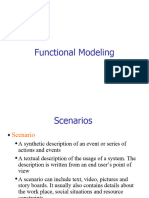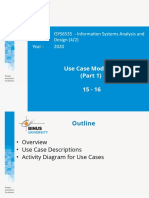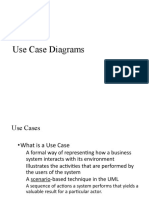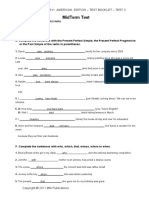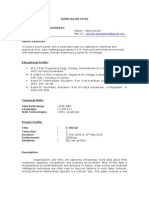0% found this document useful (0 votes)
67 views5 pagesSystem Analysis and Design - Module 3
This module is for SAD students
Uploaded by
Mark Anthony Arenas GioketoCopyright
© © All Rights Reserved
We take content rights seriously. If you suspect this is your content, claim it here.
Available Formats
Download as DOCX, PDF, TXT or read online on Scribd
0% found this document useful (0 votes)
67 views5 pagesSystem Analysis and Design - Module 3
This module is for SAD students
Uploaded by
Mark Anthony Arenas GioketoCopyright
© © All Rights Reserved
We take content rights seriously. If you suspect this is your content, claim it here.
Available Formats
Download as DOCX, PDF, TXT or read online on Scribd
/ 5





















